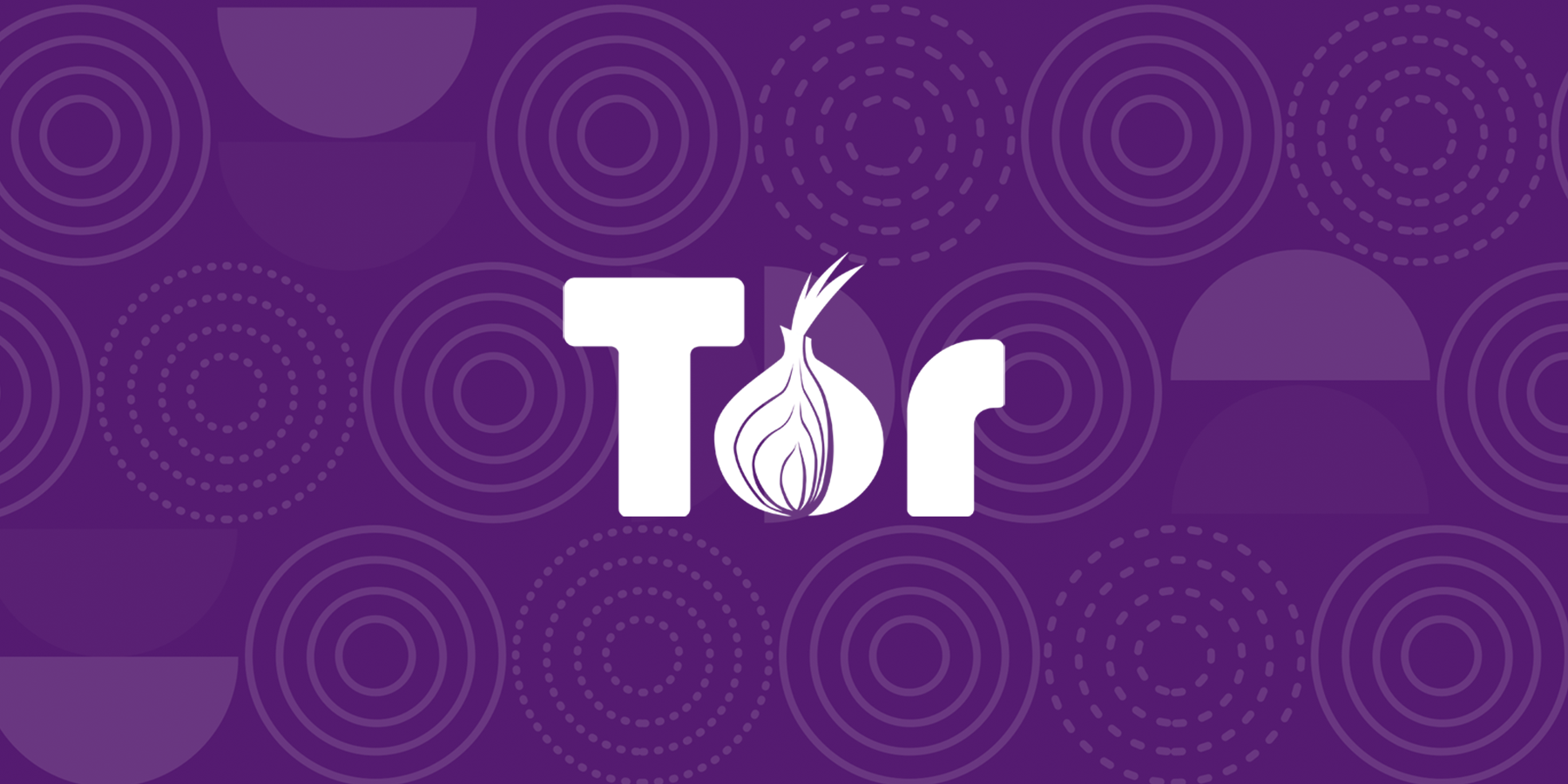Tor needs 200 new WebTunnel bridges to fight censorship
by nlqip

The Tor Project has put out an urgent call to the privacy community asking volunteers to help deploy 200 new WebTunnel bridges by the end of the year to fight government censorship.
Currently, the Tor Project operates 143 WebTunnel bridges, which help users in heavily censored regions bypass internet access restrictions and website blocks.
This comes in response to increasing censorship in Russia, which Tor says currently impacts the browser’s built-in censorship circumvention mechanisms, including obfs4 connections and Snowflake.
The Tor Project believes that setting up more WebTunnel bridges is the best response to this censorship escalation, as analyzing new tactics and developing workarounds takes time, leaving users vulnerable and isolated from the free internet.
“Recent reports from Tor users in Russia indicate an escalation in online censorship with the goal of blocking access to Tor and other circumvention tools. This new wave includes attempts to block Tor bridges and pluggable transports developed by the Tor Project, removal of circumvention apps from stores, and targeting popular hosting providers, shrinking the space for bypassing censorship. Despite these ongoing actions, Tor remains effective.
One alarming trend is the targeted blocking of popular hosting providers by Roscomnadzor. As many circumvention tools are using them, this action made some Tor bridges inaccessible to many users in Russia. As Roscomnadzor and internet service providers in Russia are increasing their blocking efforts, the need for more WebTunnel bridges has become urgent.”
❖ The Tor Project
How WebTunnels help bypass blocks
WebTunnels are a new type of bridge introduced by the Tor Project in March 2024, specifically designed to blend Tor traffic with regular web traffic, making it harder for censors to detect and block.
The system achieves this by running over a web server with a valid SSL/TLS certificate, disguising Tor traffic as regular HTTPS traffic.
Contrary to standard Tor bridges that use specific protocols, like obfs4, which makes their identification easier, WebTunnel bridges “hide in plain sight.” This allows them to be resistant to aggressive censorship.
Today, Tor launched a new campaign that runs until March 10, 2025, calling on volunteers to set up and maintain new WebTunnel bridges.
Those who respond by setting up five or more WebTunnel bridges during this period will receive a t-shirt as a ‘thank you’ gift from the organization.
The requirements for participation are the following:
- One WebTunnel bridge per IPv4; subdomains or distinct domains allowed.
- Provide a valid email for confirmation.
- Keep bridges running for at least 1 year.
- Ensure near 24/7 uptime; reboots for updates allowed.
- Bridges must stay functional during the campaign.
- Avoid hosting with Hetzner.
To volunteer, all that is needed is a static IPv4 address, a self-hosted website, a valid SSL/TLS certificate, and at least 1 TB/month of bandwidth.
Once the bridges are set up and running, operators can email ‘frontdesk@torproject.org’ with the details to register their participation in the campaign.
For more information on how to set up and run WebTunnel bridges, volunteers can check out this official guide.
Source link
lol
The Tor Project has put out an urgent call to the privacy community asking volunteers to help deploy 200 new WebTunnel bridges by the end of the year to fight government censorship. Currently, the Tor Project operates 143 WebTunnel bridges, which help users in heavily censored regions bypass internet access restrictions and website blocks. This…
Recent Posts
- AMD Takes On Intel, Apple And Nvidia With Ryzen AI Max Chips
- Vulnerability Summary for the Week of December 30, 2024 | CISA
- Intel: ‘Lead’ Intel 18A Product Set For Production In Second Half Of 2025
- Intel Slugs AMD, Qualcomm With Core Ultra 200V Chips For Commercial Laptops
- Tenable Chairman and CEO Amit Yoran Has Died
